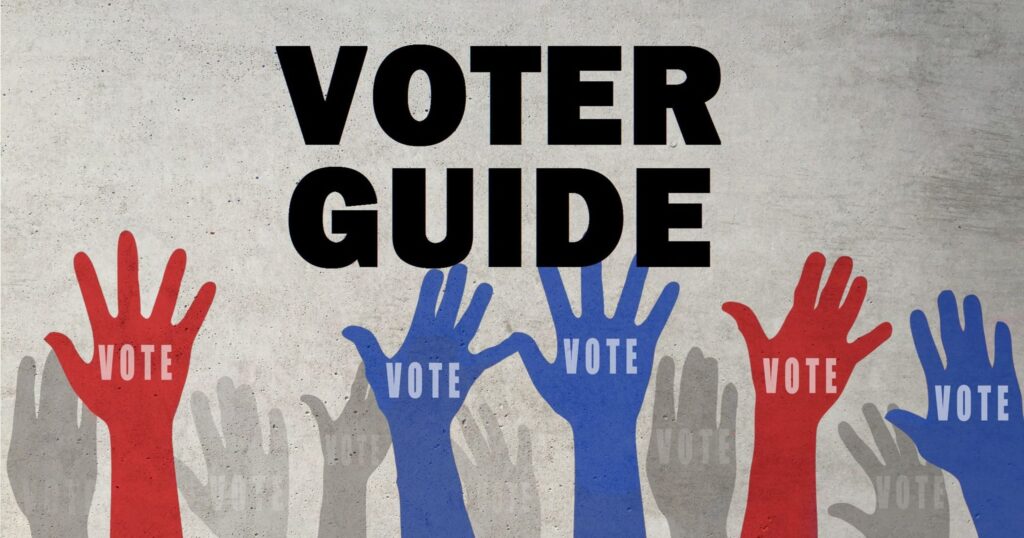As we approach the crucial 2024 elections, being an informed Voter Guides has never been more important. This comprehensive guide will walk you through everything you need to know about using voter guides and sample ballots to make confident decisions at the polls.
Understanding Voter Resources
What Are Voter Guides?
Voter guides serve as comprehensive resources that provide essential information about:
- Candidate backgrounds and qualifications
- Campaign platforms and promises
- Ballot measure explanations
- Voting procedures and requirements
These invaluable tools help voters make educated choices without feeling overwhelmed by the complexity of their ballot.
Finding and Using Voter Guides
Online Resources
Today’s digital landscape offers numerous ways to access voter information:
- National Databases
- Search by home address
- Save personal choices
- Print or email customized ballots
- Local Sources
- Regional newspaper guides
- Issue-specific organization resources
- State election websites
A particularly important point about modern voter guides deserves special emphasis: Many allow you to create and save a personalized digital ballot, making it easier than ever to prepare for election day. This feature helps voters research and record their choices at their own pace, ensuring thoughtful decision-making.
Sample Ballots: Your Preview of Election Day
Sample ballots provide an exact preview of what you’ll see in the voting booth. They offer several advantages:
- Familiarize yourself with ballot layout
- Review all races and measures
- Practice marking your choices
- Reduce time spent in the voting booth
Key Differences Between Resources
Voter Guides vs. Sample Ballots
Voter Guides:
- Include detailed candidate information
- Provide ballot measure explanations
- Offer voting recommendations from organizations
- May include candidate statements
Sample Ballots:
- Match official ballot format
- List candidates and measures
- Show exact ballot language
- Don’t include additional information
Preparing for Election Day
What You Can Bring to the Polls
Contrary to what some might believe, you’re allowed to bring various reference materials into the voting booth:
- Printed voter guides
- Sample ballots
- Personal notes
- Voting recommendations
Important Restrictions
However, be aware of certain limitations:
- Cell phone restrictions may apply
- Electronic devices might be prohibited
- Photography usually not allowed
- Campaign materials typically forbidden
Making the Most of Your Resources
Before Election Day
- Research Phase
- Request sample ballots early
- Study candidate positions
- Review ballot measures
- Take detailed notes
- Preparation Steps
- Mark your sample ballot
- Create a voting plan
- Verify polling location
- Check identification requirements
At the Polls
Remember these key points:
- Bring paper copies of guides
- Have backup materials ready
- Know your voting rights
- Ask poll workers for help if needed
Special Considerations for 2024
New Voting Methods
Many jurisdictions now offer:
- Mail-in voting options
- Early voting periods
- Electronic voting machines
- Ranked choice voting
Digital Resources
Modern voters can access:
- Online voter portals
- Digital sample ballots
- Interactive voting guides
- Mobile voting apps
Best Practices for Using Guides
- Start Early
- Request materials in advance
- Research candidates thoroughly
- Understand ballot measures
- Make preliminary choices
- Stay Organized
- Keep materials together
- Make clear notes
- Create a voting checklist
- Have backup copies
Voter guides and sample ballots are essential tools for participating in democracy. By utilizing these resources effectively, you can make informed decisions that reflect your values and priorities. Remember to start your preparation early, keep your materials organized, and verify local voting rules before election day.
Quick Tips:
- Request materials early
- Study at your own pace
- Bring paper copies to polls
- Know your voting rights
- Check local restrictions











